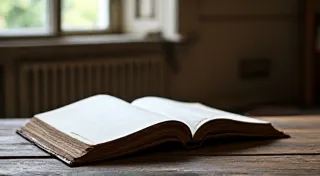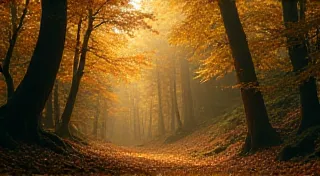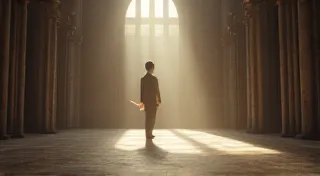The Weight of Inheritance: Finding a Writer's Legacy in a Vintage Pen
There’s a certain melancholy that clings to inherited possessions. Not a sadness of loss, necessarily, but a profound sense of connection to a past we didn’t directly experience. A worn photograph, a chipped teacup, a faded quilt—each carries a whisper of lives lived, stories untold. But for the pen collector and repairer, the inheritance of a vintage pen is something altogether more poignant. It’s not just an object; it's a silent companion, a conduit to a loved one’s creative spirit, and a tangible link to a world of elegant craftsmanship.
My grandfather, Thomas, was a man of quiet contemplation and a prolific letter writer. He wasn't a famous author, nor a public figure. He was simply a man who found solace and connection through the written word. After he passed, my grandmother gifted me his desk—a beautiful, sturdy thing of dark mahogany—and nestled among its drawers was a pen. Not just *any* pen. A Parker Duofold, circa 1928, its burgundy celluloid deeply marbled, its clip hinting at a life well-used.
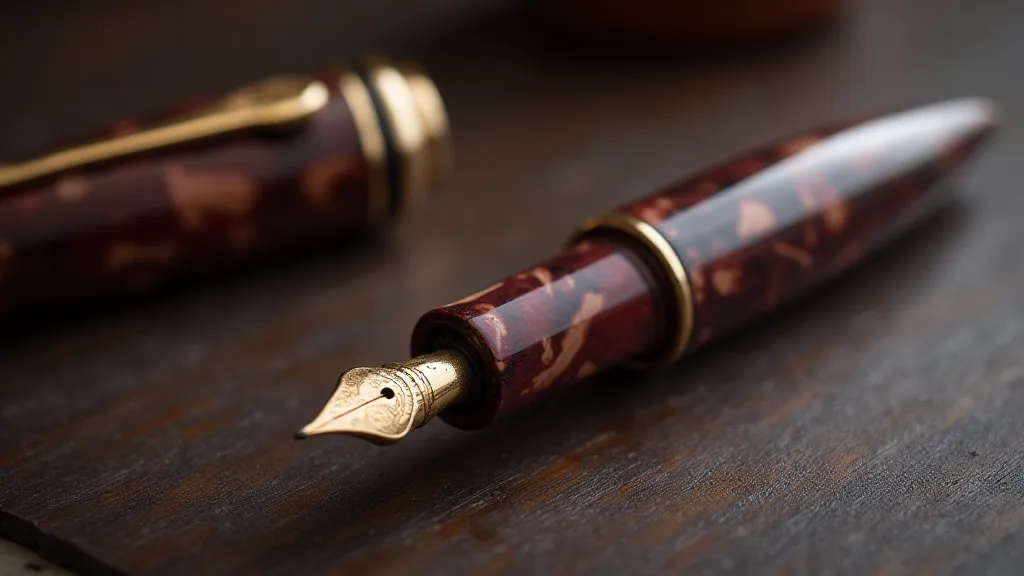
Holding that pen felt like holding a piece of him. I’m a writer myself, though my output is mostly confined to fleeting blog posts and the occasional short story. The thought of continuing a tradition, however small, felt incredibly meaningful. It wasn’s just about putting ink to paper; it was about understanding the man who had done so for decades before me. It sparked a deeper curiosity within me, a desire to understand the history of writing instruments and the artistry behind them – a journey I realized could be richly explored, as described in The Cartographer of Ink: Mapping the Evolution of Writing Instruments.
A Glimpse into the Past: The Golden Age of Writing Instruments
The era of the vintage pen is inextricably linked to a period of immense change and profound elegance. The late 19th and early 20th centuries witnessed a blossoming of innovation in manufacturing, coupled with a deep appreciation for artistry and refinement. Companies like Parker, Waterman, Sheaffer, and Montblanc weren’t simply producing writing instruments; they were crafting statements of personal style and status. Celluloid, a revolutionary material at the time, allowed for stunning color variations and patterns – the rich marbling you see on a Duofold, for example, is a unique fingerprint of the manufacturing process, impossible to replicate precisely.
These pens weren't disposable. They were designed to last, and many were treasured heirlooms, passed down through generations. They represented an investment in quality and a commitment to the art of writing – a stark contrast to the mass-produced, plastic pens of today. The nibs themselves are a testament to the craftsmanship of the period. Unlike many modern nibs, which are often mass-produced with less precision, vintage nibs were frequently hand-tuned, resulting in a writing experience that is often described as “responsive” and “expressive.” Sometimes, their condition is so delicate that a thorough restoration is required – a complex process, as detailed in "From Rust to Resonance: Reawakening a Dormant Voice Through Pen Restoration".
Beyond the Ink: Understanding the Sentimental Value
For many collectors and enthusiasts, the appeal of vintage pens extends far beyond their aesthetic beauty or historical significance. It’s about the stories they carry, the lives they’ve touched, and the connection they offer to the past. A pen that has been used to write love letters, sign important documents, or record insightful observations holds a significance that transcends its material value.
I’m often asked if I repair pens for people who aren't particularly interested in collecting. They see the process as a way to revive a family heirloom, a way to reconnect with a loved one who has passed. They aren’t necessarily seeking the most valuable or rare pen; they’re seeking a link to their personal history. Seeing the gratitude on their faces when I return a restored pen – a pen that was silent for years – is profoundly rewarding. It’s a reminder that these objects are more than just machines; they are vessels of memory and emotion. The responsibility one feels in handling such treasures is a powerful thing, and occasionally presents difficult ethical considerations, as discussed in "A Pen's Penance: The Moral Quandary of Sourcing Rare Writing Instruments".
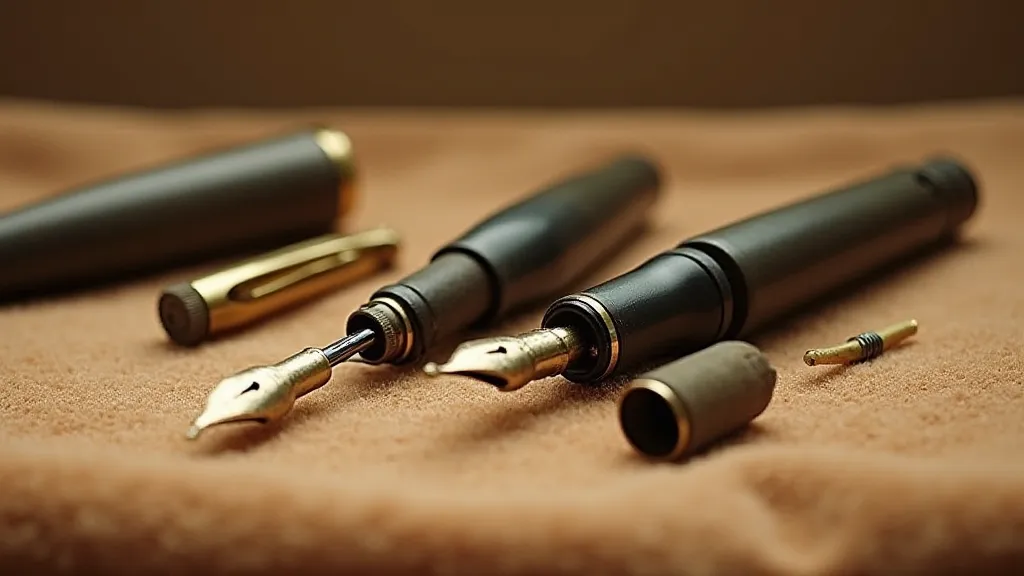
My grandfather, I discovered through his letters, had been a keen observer of the world around him – the changing seasons, the small kindnesses of strangers, the quiet beauty of everyday life. He wrote to his sister, reminiscing about childhood summers, to his wife, sharing his hopes and anxieties, and to his children, offering gentle guidance and unwavering support. Reading those letters, written with that very pen, felt like eavesdropping on a private conversation across the decades – a profoundly intimate and moving experience. The quiet sorrow that can accompany handling these artifacts is undeniable; they represent loss and the passage of time, making their preservation so vital.
Preserving a Legacy: Care and Restoration
The care of vintage pens is crucial to preserving their legacy. Unlike modern pens, which are often designed to be disposable, vintage pens require a certain amount of maintenance and attention. Regular cleaning, occasional servicing, and careful storage are all essential to ensuring their longevity.
Restoration, when necessary, should be undertaken with respect for the pen's original character. While some repairs are essential to functionality, it's important to avoid alterations that compromise the pen's authenticity or diminish its historical value. Replacing a cracked barrel with a modern replica, for instance, might improve the pen's appearance, but it would also detract from its historical significance. The subtle variations in material and craftsmanship that distinguish vintage pens demand a meticulous and thoughtful approach to restoration – one that recognizes the intrinsic value of originality.
There’s a delicate balance to be struck between preserving the pen’s integrity and ensuring its usability. Sometimes, a little cleaning is all that’s needed to revive a neglected pen; other times, more extensive repairs are required. Regardless of the scope of the work, the goal should always be to honor the pen’s history and ensure that it can continue to be enjoyed for generations to come. The lament of a neglected pen, its silence and potential loss, can be profoundly disheartening, fueling the desire to understand and protect these precious relics of the past – a feeling that resonates powerfully with those who appreciate their unique history.
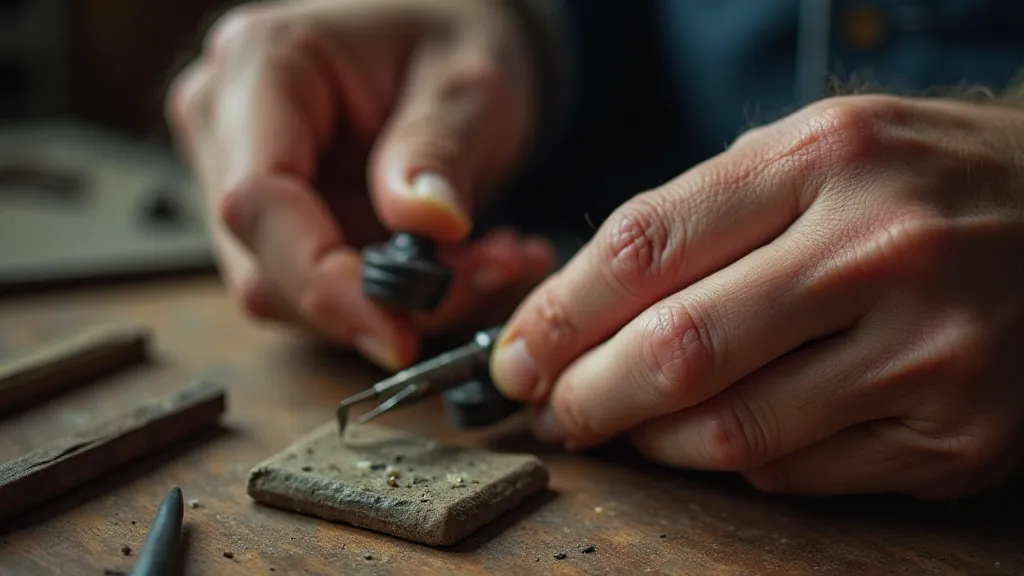
Beyond the technical aspects of restoration, there's a deeper emotional connection that develops between the restorer and the pen. It’s a tangible link to the past, an opportunity to understand the lives and experiences of those who used it before. The stories embedded within these objects – the love letters written, the contracts signed, the dreams recorded – enrich the restoration process and instill a sense of purpose that transcends mere functionality.
The materials used in vintage pens also hold a certain allure. Celluloid, once the darling of the manufacturing world, is now a rare and prized substance. Its unique properties – its ability to be molded into intricate shapes and its ability to capture vibrant colors – made it the perfect medium for creating beautiful and functional writing instruments.
The pens themselves serve as reminders of a time when objects were made to last, when quality was valued over quantity, and when craftsmanship was a source of pride. They represent a rejection of the disposable culture that has come to dominate our modern world.
Ultimately, the weight of inheritance isn't just about the physical object – the pen itself. It’s about the responsibility to carry forward a tradition, to appreciate the craftsmanship of the past, and to connect with the lives of those who came before us. It's about finding a writer’s legacy, not just in the words they left behind, but in the simple act of holding a pen that once danced across the pages of their lives. The echo of generations past seems to vibrate within the pen’s very form – a silent testament to the enduring power of the written word and the profound connection between people and the objects they use to communicate.
